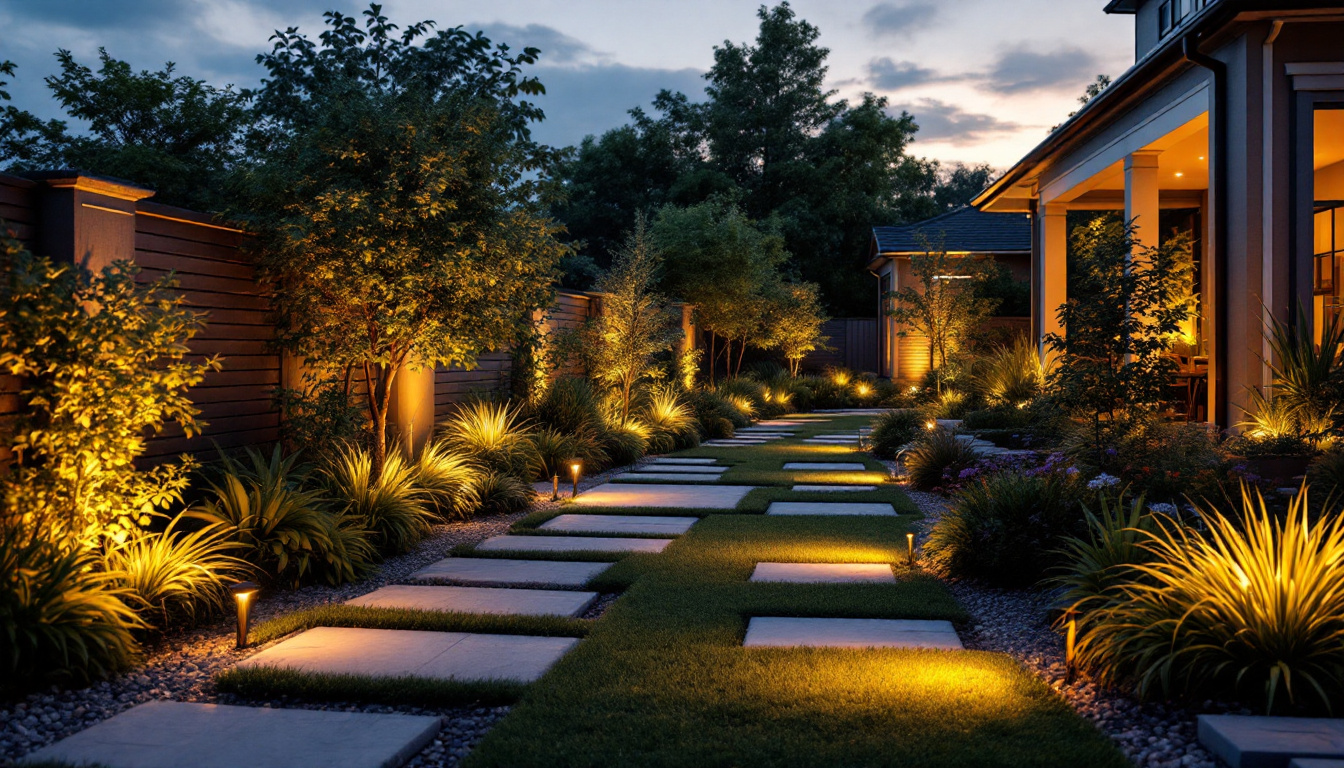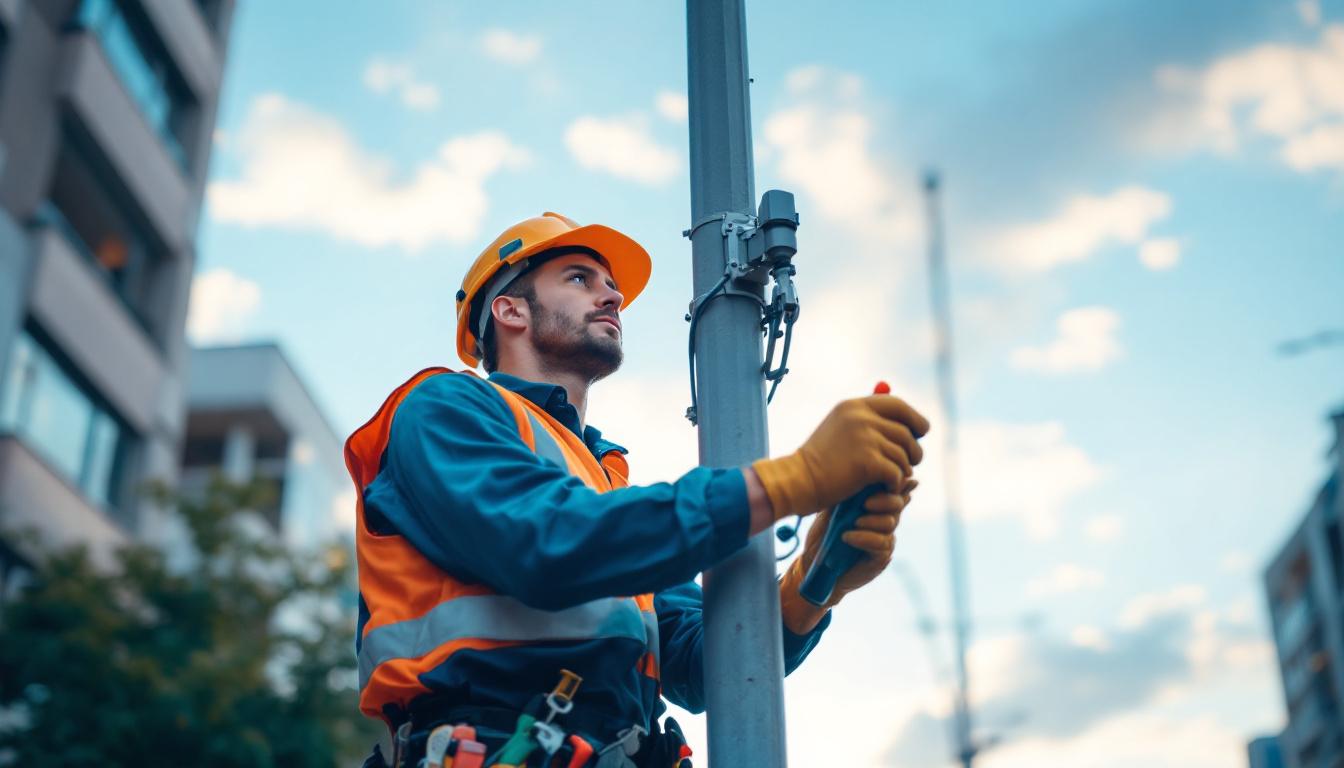
In the rapidly evolving world of lighting technology, automatic lighting systems have emerged as a game-changer for contractors. These systems not only enhance energy efficiency but also contribute to improved safety and convenience in various applications. Understanding the significance of automatic lighting is crucial for lighting contractors aiming to stay competitive in the market.
Automatic lighting systems refer to lighting setups that can adjust themselves based on environmental conditions or user preferences. These systems utilize sensors, timers, and smart technology to control lighting without manual intervention. This innovation has transformed how spaces are illuminated, offering numerous benefits for both residential and commercial applications.
There are several types of automatic lighting systems available, each designed to meet specific needs. Some common types include:
For lighting contractors, the integration of automatic lighting systems offers a multitude of advantages. These benefits can lead to enhanced customer satisfaction, increased project efficiency, and improved overall performance.
One of the most significant benefits of automatic lighting systems is their ability to reduce energy consumption. By utilizing sensors and smart technology, these systems ensure that lights are only activated when necessary. This not only lowers energy bills for clients but also aligns with the growing demand for sustainable practices in the construction industry. Furthermore, many automatic lighting systems are designed to work seamlessly with renewable energy sources, such as solar panels, further enhancing their sustainability profile.
Automatic lighting systems contribute to safety in various environments. For instance, motion-activated lights in outdoor spaces can deter potential intruders and provide illumination for individuals navigating dark areas. In commercial settings, well-lit environments can reduce accidents and improve overall workplace safety. Additionally, these systems can be integrated with security cameras and alarms, creating a comprehensive safety network that not only protects property but also enhances the sense of security for occupants.
Clients appreciate the convenience that automatic lighting systems offer. With features like programmable timers and remote control options, users can easily manage their lighting preferences. This level of control enhances the overall comfort of a space, making it more appealing to potential buyers or tenants. Moreover, many modern systems can be controlled via smartphone apps, allowing users to adjust their lighting from anywhere, whether they are at home or away. This added flexibility is particularly beneficial for those who travel frequently or have busy lifestyles, as it enables them to create a welcoming atmosphere even when they are not physically present.
As smart home technology continues to evolve, automatic lighting systems are increasingly being integrated with other smart devices. This interconnectedness allows for more sophisticated control and automation. For example, lights can be programmed to turn on in conjunction with a smart thermostat, adjusting the ambiance of a room as the temperature changes. Additionally, voice-activated assistants can be employed to control lighting, making it even easier for users to manage their environment without lifting a finger. This integration not only enhances the functionality of lighting systems but also contributes to a more cohesive and user-friendly smart home experience.
The demand for automatic lighting systems is on the rise, driven by advancements in technology and changing consumer preferences. As a lighting contractor, staying informed about these trends is essential for maintaining a competitive edge.
The integration of automatic lighting with smart home systems is becoming increasingly popular. Homeowners are seeking solutions that allow them to control their lighting through smartphones or voice-activated devices. This trend not only enhances user experience but also opens up new opportunities for contractors to offer comprehensive smart home solutions. Furthermore, the interoperability of various devices within a smart home ecosystem is crucial. Contractors must be knowledgeable about different platforms and ensure that the lighting systems they install can seamlessly communicate with other smart devices, such as thermostats, security cameras, and entertainment systems. This level of integration not only adds convenience but also promotes energy efficiency, as homeowners can program their lighting to adapt to their daily routines.
As governments and organizations continue to implement stricter energy regulations, the demand for energy-efficient lighting solutions is expected to grow. Contractors who are well-versed in automatic lighting systems can position themselves as experts in compliance with these regulations, making them more attractive to potential clients. Additionally, many regions offer incentives for energy-efficient installations, providing further motivation for clients to invest in automatic lighting solutions. These incentives can range from tax credits to rebates, significantly reducing the upfront costs for homeowners. As awareness of sustainability increases, contractors can also leverage these incentives in their marketing strategies, highlighting the long-term savings and environmental benefits of choosing energy-efficient lighting options.
Clients are increasingly looking for personalized lighting solutions that cater to their specific needs. Automatic lighting systems offer a level of customization that traditional lighting cannot match. Contractors who can provide tailored solutions will likely see increased demand for their services, as clients seek unique designs that enhance their spaces. This trend goes beyond mere aesthetics; it encompasses functionality as well. For instance, clients may desire lighting that adjusts automatically based on the time of day or specific activities, such as reading, entertaining, or working from home. By offering systems that can be programmed for various moods and settings, contractors can create a more engaging and versatile environment for their clients. Additionally, the rise of tunable white lighting, which allows users to adjust the color temperature of their lights, is becoming a key feature that adds to the personalization aspect, making spaces feel more inviting and comfortable.
While the benefits of automatic lighting systems are substantial, contractors may encounter challenges when implementing these solutions. Understanding these challenges can help contractors prepare and adapt their strategies accordingly.
Automatic lighting systems often require a higher level of technical knowledge compared to traditional lighting installations. Contractors must stay updated on the latest technologies and installation techniques to ensure successful project outcomes. This may involve ongoing training and education, which can be time-consuming and costly. Moreover, the rapid pace of innovation in smart lighting technology means that contractors must be proactive in seeking out training opportunities, whether through workshops, online courses, or industry conferences. This commitment to continuous learning not only enhances their skill set but also positions them as knowledgeable experts in the field, which can be a significant selling point to potential clients.
Although automatic lighting systems can lead to long-term savings, the initial investment can be a barrier for some clients. Contractors should be prepared to explain the long-term benefits and potential return on investment to help clients understand the value of these systems. Offering flexible financing options or packages can also make these solutions more accessible. Additionally, contractors can assist clients in identifying available incentives or rebates from local governments or utility companies that promote energy-efficient upgrades. By guiding clients through these financial aspects, contractors can help alleviate concerns about upfront costs and demonstrate how automatic lighting can be a smart financial decision in the long run.
Many clients may already have existing lighting systems in place, which can complicate the integration of automatic lighting. Contractors need to assess the current infrastructure and determine the best approach for seamless integration. This may involve additional planning and customization, which can extend project timelines. Furthermore, the compatibility of new technologies with older systems can vary significantly, requiring contractors to have a deep understanding of both legacy and modern systems. In some cases, this might necessitate partial upgrades or even complete overhauls of existing setups, which can add complexity to the project. Effective communication with clients about the potential need for these adjustments is crucial to managing expectations and ensuring a smooth transition to automated solutions.
To successfully implement automatic lighting systems, contractors can follow several best practices that enhance project outcomes and client satisfaction.
Before starting any project, it is essential for contractors to conduct thorough assessments of the space. This includes evaluating the current lighting setup, understanding client needs, and identifying potential challenges. A comprehensive assessment allows for better planning and ensures that the chosen automatic lighting solutions are suitable for the environment.
Clients may be hesitant to invest in automatic lighting systems due to misconceptions or lack of understanding. Lighting contractors should take the time to educate clients about the benefits, including energy savings, enhanced safety, and convenience. Providing case studies or testimonials can also help illustrate the positive impact of these systems.
The lighting industry is continuously evolving, with new technologies and solutions emerging regularly. Contractors should stay informed about the latest advancements in automatic lighting systems, including smart technology and energy-efficient products. This knowledge will enable contractors to offer the best solutions and maintain a competitive edge in the market.
Automatic lighting systems represent a significant advancement in the lighting industry, offering numerous benefits for contractors and clients alike. By understanding the importance of these systems and staying informed about market trends, lighting contractors can position themselves as leaders in the field. Embracing automatic lighting not only enhances project outcomes but also contributes to a more sustainable and efficient future in lighting solutions.
As the demand for smart, energy-efficient lighting continues to grow, contractors who adapt to these changes will find themselves at the forefront of the industry. By overcoming challenges and implementing best practices, lighting contractors can successfully navigate the evolving landscape of automatic lighting systems, ensuring long-term success and client satisfaction.
Ready to elevate your lighting projects with the latest in automatic lighting systems? At LumenWholesale, we provide lighting contractors like you with the highest quality, spec-grade lighting products at prices that can’t be beaten. Say goodbye to local distributor markups and hello to our extensive selection that meets rigorous industry standards. With free shipping on bulk orders, you can stock up on reliable, high-performance lighting solutions that will set your projects apart. Don’t compromise on quality or value—choose LumenWholesale for the perfect blend of affordability and convenience. Take the next step towards a brighter future and explore our wholesale lighting options at the best value today.

Discover the transformative journey of outdoor lighting wire connectors and their pivotal role in revolutionizing the lighting industry.

Illuminate your outdoor spaces with our comprehensive guide on the best landscaping lights.

Discover the crucial steps and common pitfalls lighting contractors encounter when bypassing ballasts for LED installations.

Discover essential resources and expert tips for lighting contractors looking to master lamp post replacement.